David Levene has spent many years photographing for The Guardian, and in particular for their…
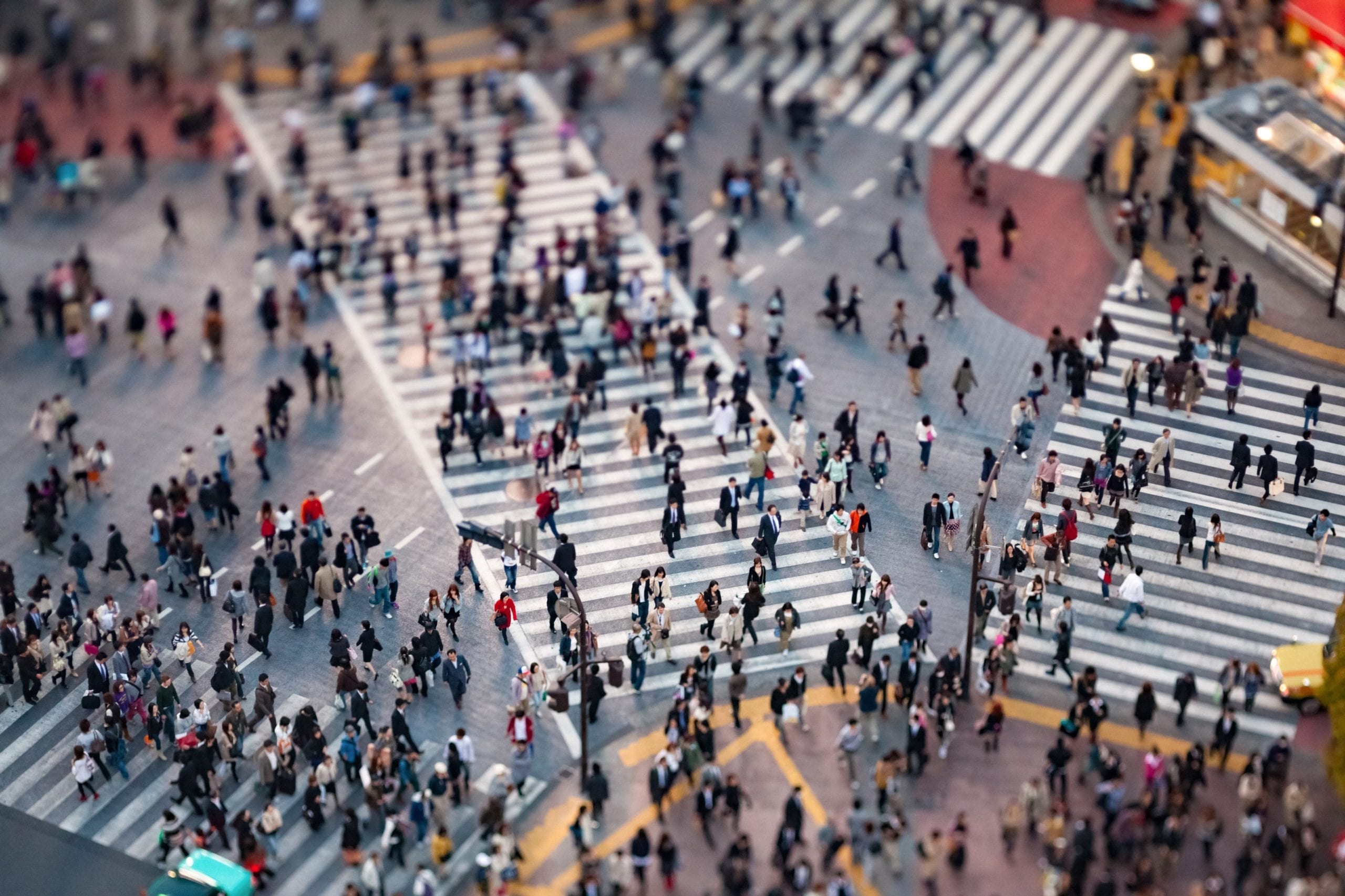

David Levene has spent many years photographing for The Guardian, and in particular for their…
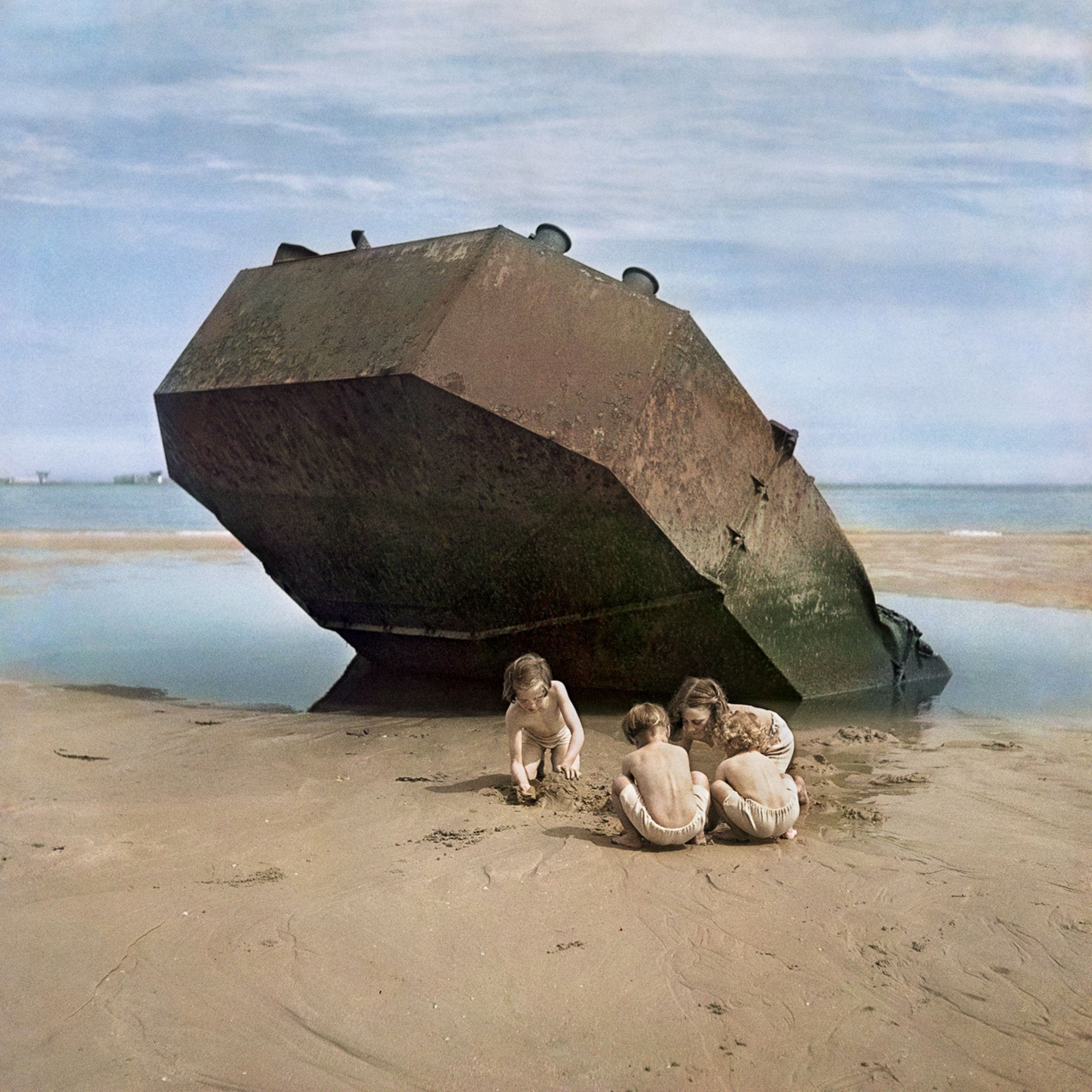
Though he co-founded Magnum Photos with Robert Capa, Henri Cartier-Bresson, and George Rodger and though – like them – he was one of the great documentary photographers of the 20th century, David ‘Chim’ Seymour is less famous than his colleagues. But this winter, a large retrospective in Amsterdam looks set to change all that.
Chim [pronounced “Shim’] acquired his nickname from his surname, because he was born Dawid Szymin in Warsaw, Poland, in 1911. His family was Jewish, and his parents were respected publishers of Yiddish and Hebrew Books; Chim and his parents left Warsaw for Odessa as World War One broke out in 1914, returning to Warsaw in 1919. Chim studied printing in Leipzig, then chemistry and physics at the Sorbonne in Paris, but got into photography while in France and started working as a freelance journalist in 1933. His first credited photograph was published in 1934 in the French communist magazine Regards.

Renowned for her fearless coverage of conflicts, Addario reflects on the experience of documenting a silent epidemic of epic proportions

Article 14 of the Universal Declaration of Human Rights states: “Everyone has the right to seek, and to enjoy in other countries, asylum from persecution.” The UK was one of 48 nations to vote in favour of this document at the United Nations General Assembly in 1948 and now, 68 years later, British photographer Sam Ivin prints the full statement at the start of his first photobook, Lingering Ghosts. Made up entirely of portraits of people who have applied for asylum here, the book is a reminder – and an interrogation – of the codified notions of morality and fairness that Britain voted for but is not living up to.
Published by Fabrica, Lingering Ghosts asks a simple but thorny question – what does it mean to be an asylum seeker in the UK? Ivin scratched out the eyes of his subjects to induce a sense of foreboding, discomfort and alienation. As Gemma Padley notes in the foreword, “Once we remove our ability to connect with a subject through a person’s eyes, what remains?”
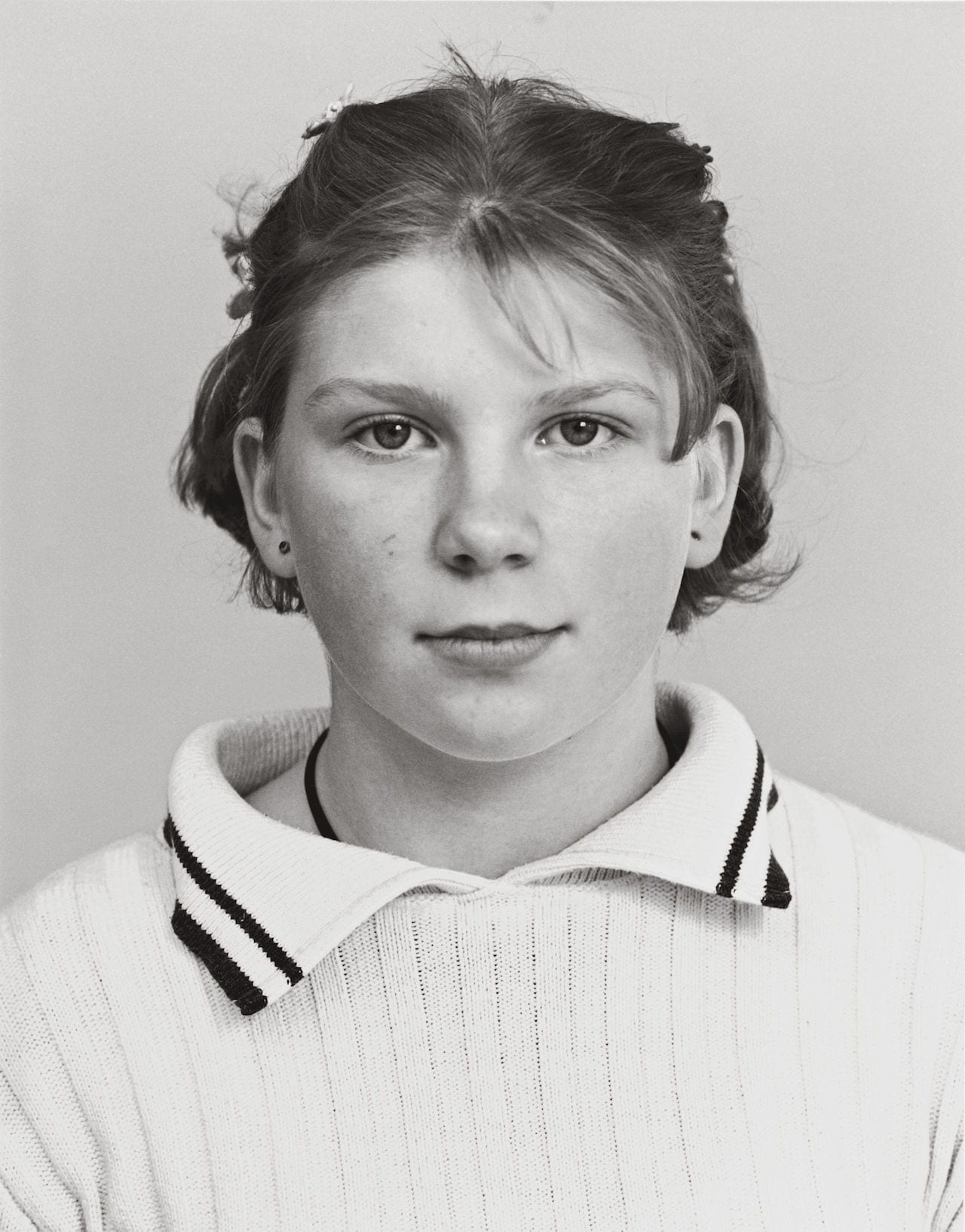
In terms of history and photography, 1938 was a significant year. With Germany’s annexation of Austria, the Munich Agreement, the November Pogrom and the Évian Conference, which addressed the international response to the refugee crisis, it was a decisive point in time, with repercussions that would shape generations to come. It was also the year that six iconic photographers, who would document this shifting world, were born. This spring, the occasion will be honoured with a special celebration at the Sprengel Museum Hannover, titled 1938. Birthday Party with Guests. Initiated to commemorate the 80th anniversary of German photographer Heinrich Riebesehl, whose archive is housed at the museum, the exhibition evolved into a wider historical survey that sketches an international perspective on the second half of the 20th century. Joining Riebesehl are Johan van der Keuken, Josef Koudelka, Boris Mikhailov, Daido Moriyama and Helga Paris. For curator Inka Schube, this wave of artists born in 1938 represents a very particular generation: those who experienced the Second World War as children, too young to remember much more than playing in its rubble but growing up in the world it created.
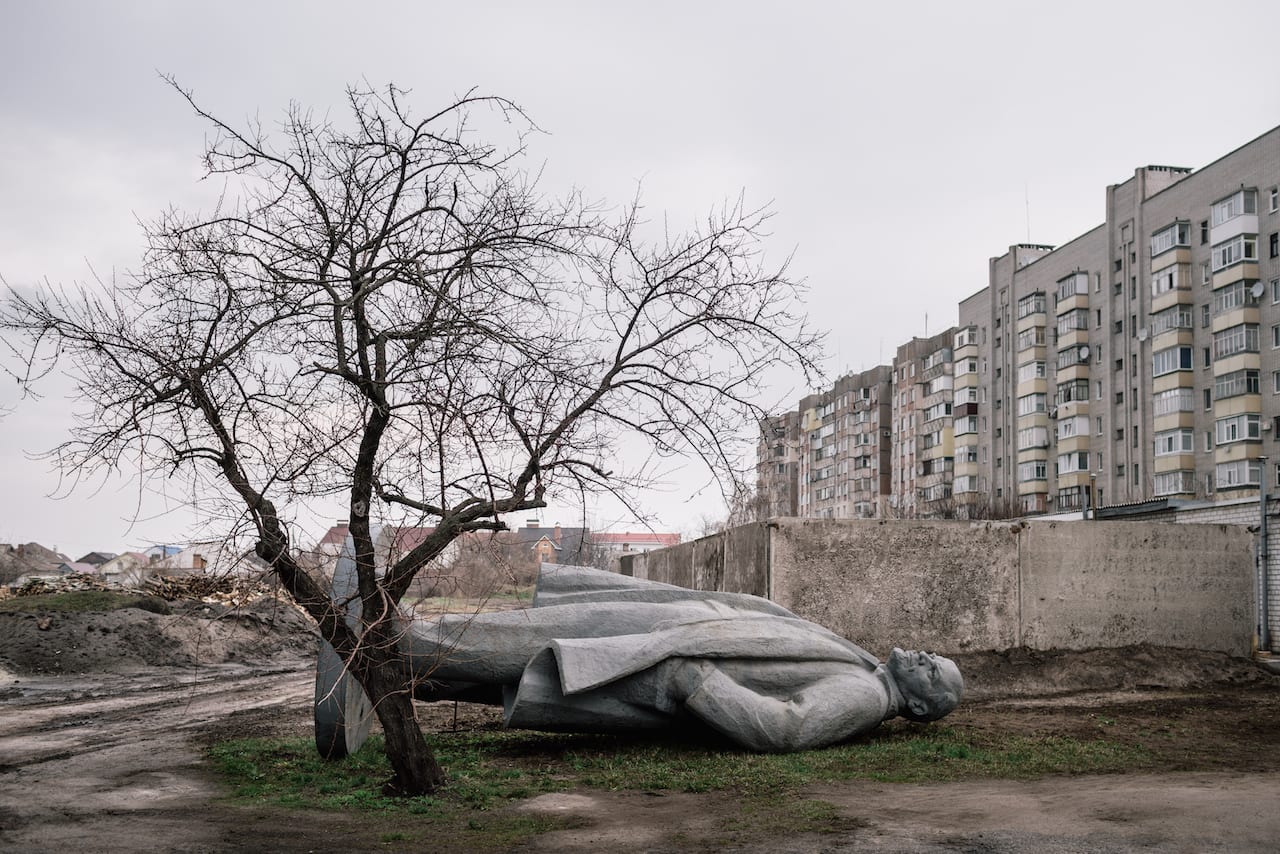
On 08 December 2013, the Bessarabska Lenin statue on Taras Shevchenko Boulevard in Ukraine was demolished in the midst of the Euromaidan revolution. What followed was a wave of symbolic violence that came to be known as Leninfall [or ‘Leninopad’ by Ukrainians]. Seeking to erase all traces of the Ukraine’s Soviet past, the government launched an official decommunisation process, outlawing communist monuments. Prior to these events around 5500 statues of Lenin stood in former Soviet state; today, not one remains. Fascinated by the fate of these statues, Swiss photographer Niels Ackermann and journalist Sébastien Gobert went on a quest to find them, documenting the results in the series Looking for Lenin. Published as a book last year, the series now going on show at Espace Images, Vevey.
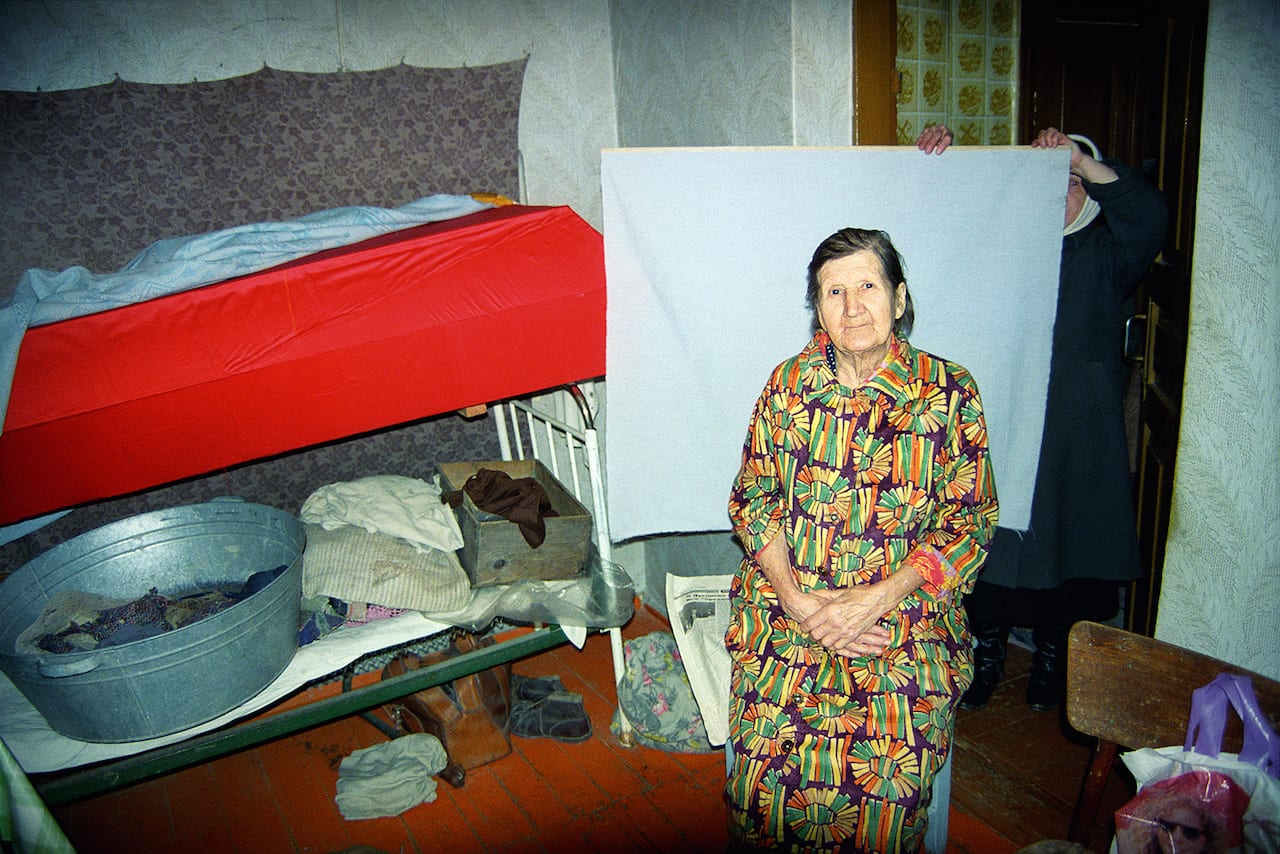
The Warsaw-based photographer picks the top five projects from Eastern Europe in 2017 – including Alexander Chekmenev’s Passport
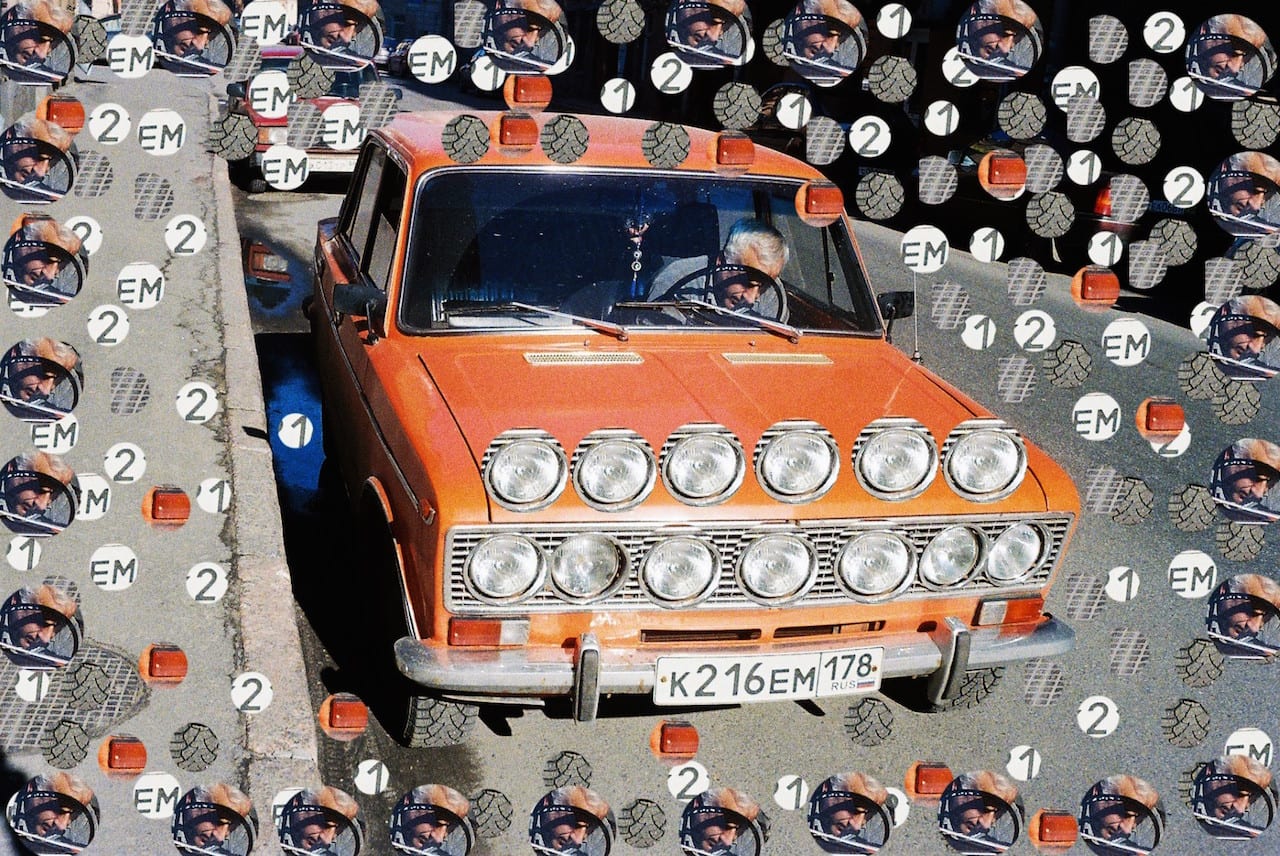
Born in 1982, Alexander Bondar grew up on the outskirts of Moscow and studied photography in the Faculty of Press Photographers at the St Petersburg House of Journalists. From 2010-2013 he took part in several workshops organised by FotoDepartment and ROSFOTO in St Petersburg, and in 2013 he started studying Photography and Time-Based Media at Jan Evangelista Purkyne University, Usti and Labem, in the Czech Republic. Bondar has shot four major photographic series, Unfit (St Petersburg, 2010-13), Pavlov’s Dog (St Petersburg, 2008-2015), No Dream To Dream (Czech Republic, 2013-2017), and Cat’s Eye (Warsaw, 2015-2016), plus another project called So Cliché (2009-2013), which uses deliberately heavy-handed retouching. He recently published Cat’s Eye and So Cliché with Zoopark Publishing Collective, a project which he set up with Tatyana Palyga in 2016. Bondar and Palyga have also published two editions of a magazine called Zoopark together, and have presented their work in Paris at Polycopies in 2016 and 2017. Bondar is represented by the FotoDepartment Gallery.